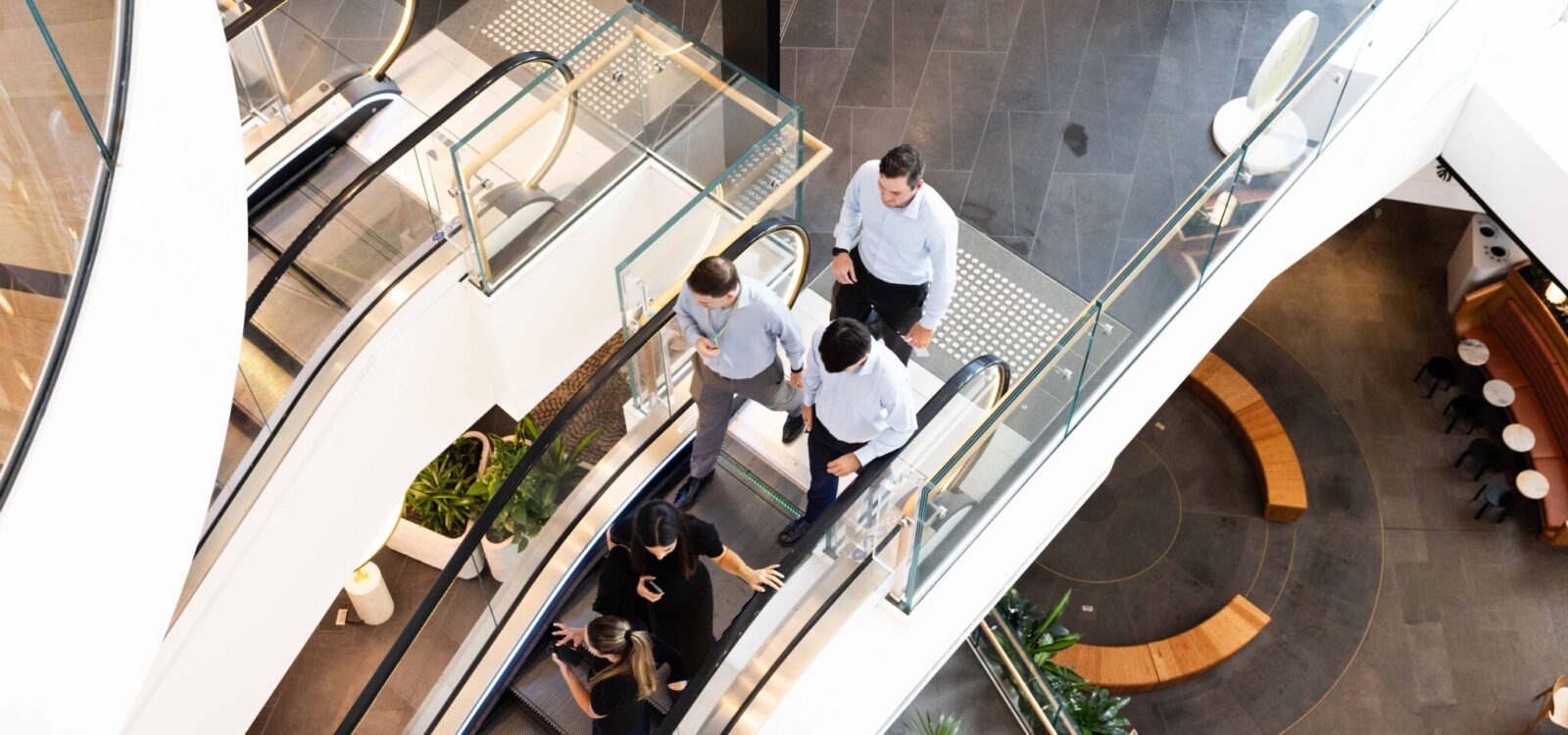
Emerging Risks of a Mobile World
There are about eight billion connected mobile devices in today’s world where more people travel between borders than ever before. Technology is the great enabler, but what threats does it also present? ANZIIF’s Edward Vukovic reports.
The world is portable. On the face of it those words don’t really make sense, but through the ubiquity of connectivity and an increasingly mobile population, there’s more weight to that statement.
Travel site TripAdvisor’s research into travel patterns has unearthed a growing trend — that there are more people traveling now than ever before, and that Australians and New Zealanders, are the most travelled people on the planet. The study found that on average, Australian (US$12,393) and New Zealand (US$8,457) travellers spend the most collectively and are steadily increasing that spend — up 18 per cent and 10 per cent respectively in 2014.
Coupled with the rapid rise in mobile connectivity — up from 13 per cent in 2010 to 42 per cent in 2013 —the impact on the business risk environment over the next few years will be significant.
Stephen Cross, Aon’s Chief Innovation Officer, believes that there are a number of trends insurers and risk managers need to be mindful of.
People are more mobile
Look at any airport and you will see that the number of people travelling globally today is far greater than the number travelling even a decade ago. Cheaper and more choice for travellers will see this trend continue which, according to Stephen, heightens the risk of pandemic spread, as was demonstrated by recent epidemics, such as Ebola, H1N1 and foot and mouth disease.
Devices and people are interconnected
A few years ago there were only a half a billion connected mobile devices. Today there are about eight billion and by 2020 this number is set to approach 20 billion. Stephen says that we “need to think in terms of this level of global connectivity, and how the internet is increasingly becoming the central nervous system of the world.”
This connectivity leads us to what is fast becoming an emerging potential for harm. A quick look at the news will highlight that increasingly, activities in the workplace such as harassment, misconduct or discrimination are being filmed or photographed and going viral on social media. As society becomes more litigious, defamation cases become more commonplace and the impact to a company’s reputation and their bottom line can be severe.
The world is a smaller place
The rise in free trade agreements, mergers and acquisitions and offshoring of services has made a once large world a lot smaller. Stephen believes the increased global activity and connectedness of businesses will remain a key consideration for executives and risk professionals the world over, particularly concerning supply chain management.
“The recent outbreak in Australian of Hepatitis A from imported berries has reinforced the need to have sufficient risk management controls in place to ensure that differences in global standards around manufacturing and production, or health and safety, do not breach local regulations or cause public harm,” he says.
Technology as an enabler and threat
Connectivity necessitates leaps in technological advancement and with Australia at the forefront of adopting new technology, organisations must be vigilant when considering how their business activities and risk mitigation strategies are affected by connectivity and the internet.
“Sensors, which are increasingly being used in smart homes as well the workplace, are helping to mitigate risk through the early detection of leaks and heat loss, and by monitoring movements in property (or even employees). This is also the technology that is crucial to the success and safety of the driverless car. Depending on their efficacy, the use of sensors may have a significant impact on future risk transference decisions,” says Stephen.
He adds that satellites will further assist in the prediction of weather risk and the mitigation of crop failure while smart phones and the development of apps that are capable of demonetising objects by incorporating them in the one device (as has been the case with maps, cameras, torches – and more), will continue to challenge many traditional business models.
People changing business
We’ve already looked at the proliferation of internet connected devices but we need to look at how that technology is being used to challenge traditional business models. The Internet of Things places incredible innovation and power in the hands of the community and as Stephen points out, enables the development of community-based sharing solutions. Anybody has the opportunity to derive income from assets that might otherwise be sitting idle.
“With Uber disrupting the taxi industry, and Air B’n’B changing the scope of the hotel industry, every business needs to apply critical thinking to its operating model and be prepared to challenge traditional concepts about the security and efficacy of its service delivery strategy,” says Stephen.
This article originally appeared on ANZIIF’s website here
CPD: Actuaries Institute Members can claim two CPD points for every hour of reading articles on Actuaries Digital.






